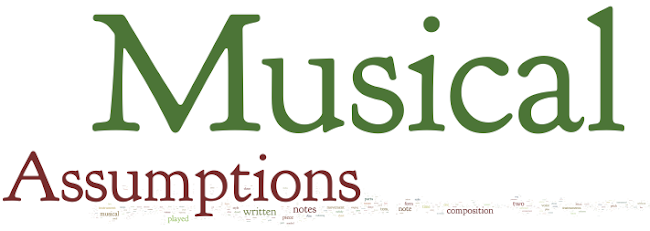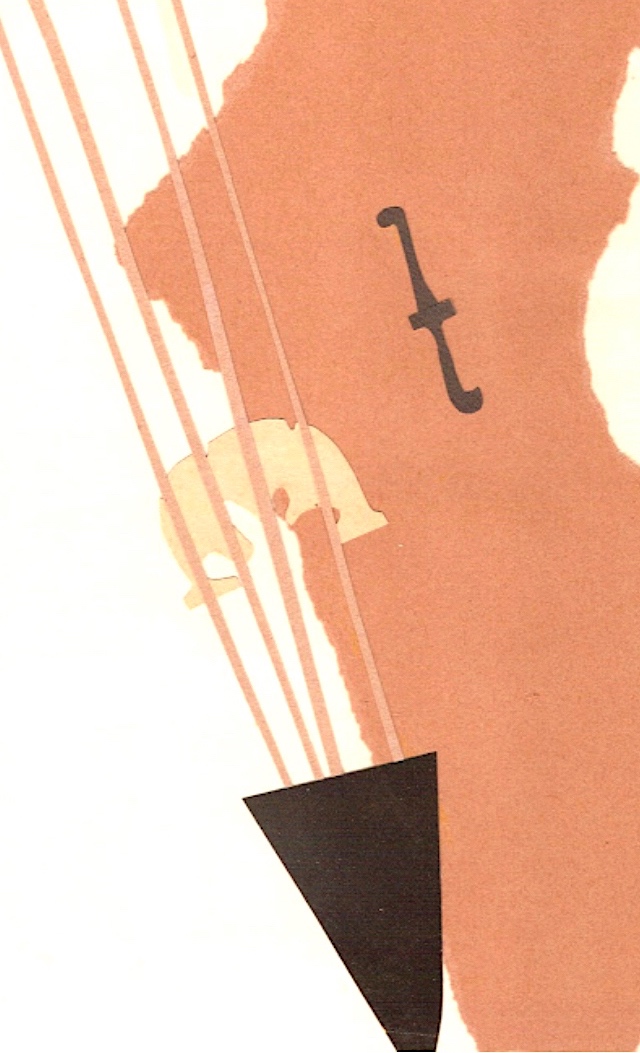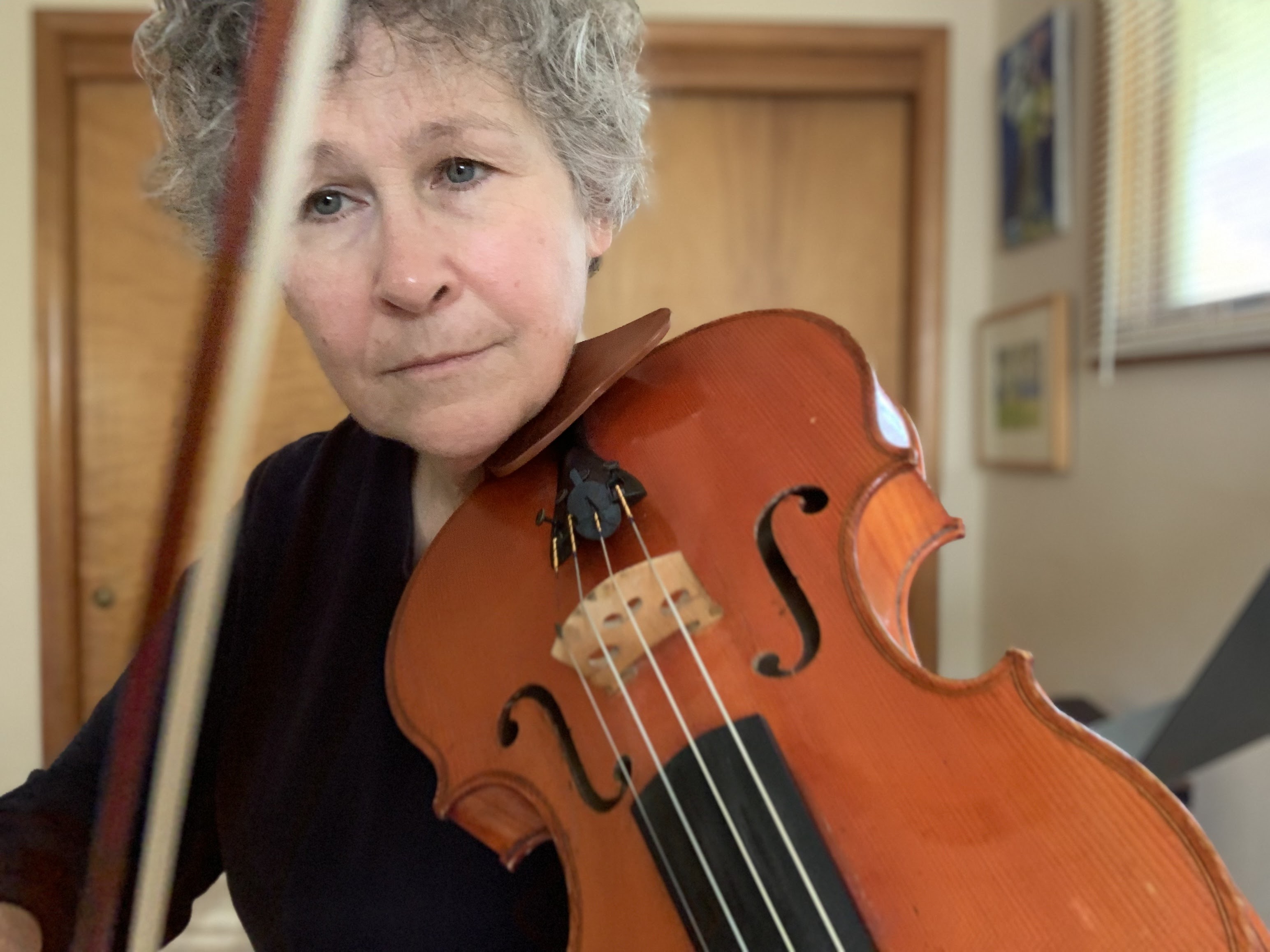This was 1969. I was ten, and the world was a confusing and large place. Like most children, I had issues with identity. I was one of a few people who found Mister Rogers' Neighborhood frightening because of the creepy Lady Elaine, who shared my name, and therefore I didn't believe that very calm man who told me that he liked me just the way I was. I only watched the show occasionally. I imagine that the relatively small handful of people named Elaine in my generation understand.
I really fell in love with the show when I watched it with my own children, beginning in 1987 when our daughter was born. It was then that I learned to like Lady Elaine "just the way she was," and I began to understand that Fred Rogers was, in addition to speaking to children, was setting an example for parents to try to look at the world from a child's point of view. I imagine that there are other adults can respond to the show from our inner-child's point of view, because so many of the things that trip adults up are fears and habits of response acquired (for whatever reasons) when we are children.
The 7 minutes above are very meaningful. I can't imagine such a response from a member of the Senate concerning a request 20 million dollars in our current cultural climate. In many ways Fred Rogers accomplished his task, and we have a few decades of proof, because many people in their 20s, 30s, 40s, and 50s who had the chance to watch the show as children are trying to make the world a kinder, gentler, and more understanding place.
PBS no longer shows Mister Rogers' Neighborhood (it stopped airing in 2007), and there are too many things in our consumer-driven culture that trip us up. Those things come from the outside, but the do affect everybody on the inside, children and adults alike. It is wonderful that some of the shows are available to watch by way of YouTube, but because of all the din that is the internet, a small still voice speaking reasonably about things that matter is not always the one that we hear.


























